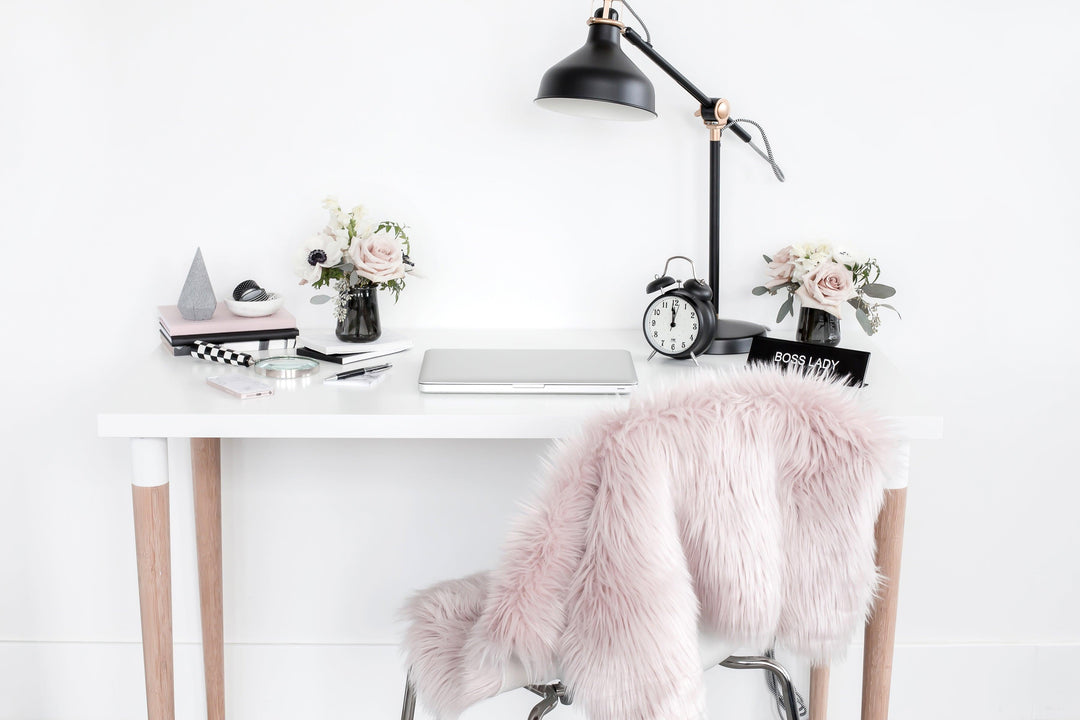The American Flag in Portraits – What’s Appropriate?
Topic: Business
Time Investment: 6 Minutes
Suggested Product: All-in-One Contract Bundles
About this time every year I get a bunch of questions about using the U.S. Flag in portrait photography. What is the right way to display it for group photos? What are the rules as using it for a backdrop?
The U.S. Code contains the guidelines for proper display and show of respect for the flag. These guidelines were officially added to the U.S. Code in 1942 (and haven’t been updated since).
Fun Fact according to Marc Leepson, author of Flag: An American Biography:
“…the Flag Code is not enforced, and it’s not enforceable. It’s simply a set of guidelines that carries no penalties for noncompliance; it doesn’t even have enforcement provisions. Think of it as a sort of federally mandated Miss Manners manifesto.”
Although the code may not be enforceable as Mr. Leepson states, most photographers want to make sure they’re being respectful of the flag and displaying it properly.
With that in mind, I’ve pulled the parts of the code that are most likely to impact your set up for portraiture. My commentary is in italics.
STANDARDS of RESPECT
The Flag Code, which formalizes and unifies the traditional ways in which we give respect to the flag, also contains specific instructions on how the flag is not to be used. They are:
- The flag should never be dipped to any person or thing. It is flown upside down only as a distress signal. This one is pretty obvious, but just make sure the flag appears right side up and does not appear to be dipping toward a person.
- The flag should not be used as a drapery, or for covering a speaker’s desk, draping a platform, or for any decoration in general. Bunting of blue, white and red stripes is available for these purposes. The blue stripe of the bunting should be on the top. Again, pretty self-explanatory. Don’t use the flag as draping or a tablecloth. If you purchase a “flag tablecloth” or the like, just know that technically it is not proper and some people viewing your photographs may call you on it.
- The flag should never be used for any advertising purpose. It should not be embroidered, printed or otherwise impressed on such articles as cushions, handkerchiefs, napkins, boxes, or anything intended to be discarded after temporary use. Advertising signs should not be attached to the staff or halyard (the rope used to raise and lower). This may be a surprising part of the Code considering all the flag paraphernalia available for purchase. Again, although this won’t likely lead to arrest or prosecution, it is a good thing to know that those products are not technically appropriate and some customers (or potential customers) may not like the idea of using props of this nature.
- The flag should not be used as part of a costume or athletic uniform, except that a flag patch may be used on the uniform of military personnel, fireman, policeman and members of patriotic organizations. This calls to question even the wearing of t-shirts etc. with the U.S. Flag on them. Obviously, many customers will likely wear patriotic clothing this time of year and I think using common sense is probably your best approach.
- The flag should never have placed on it, or attached to it, any mark, insignia, letter, word, number, figure, or drawing of any kind. This one may seem obvious, but don’t add anything to the flag or even edit a picture or other mark over the flag.
- The flag should never be used as a receptacle for receiving, holding, carrying, or delivering anything. This part of the code was brought into focus by a photo of a baby held in a flag earlier this year. Although most of the responses the photographer received were positive, the initial response was that she was violating the U.S. Code and should not have taken the photograph.
- When the flag is lowered, no part of it should touch the ground or any other object; it should be received by waiting hands and arms. To store the flag it should be folded neatly and ceremoniously. Make sure no part of the flag is touching the ground and if you’re photographing a folded flag, make sure it is folded in the proper manner.
- The flag should be cleaned and mended when necessary. When a flag is so worn it is no longer fit to serve as a symbol of our country, it should be destroyed by burning in a dignified manner. Make sure any flags you’re using are clean and not in need of mending.
Although this part of the U.S. Code may be considered “guidelines” and may not be enforceable, it is still important that you and your clients know the guidelines so you can make informed choices on how to use the U.S. Flag in your portraits!




